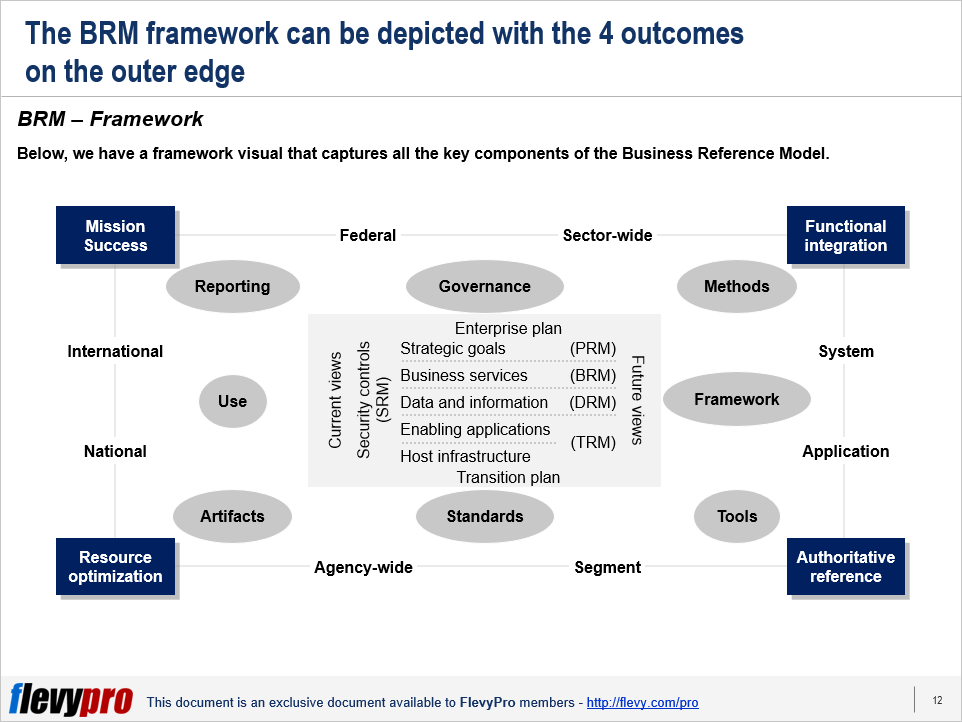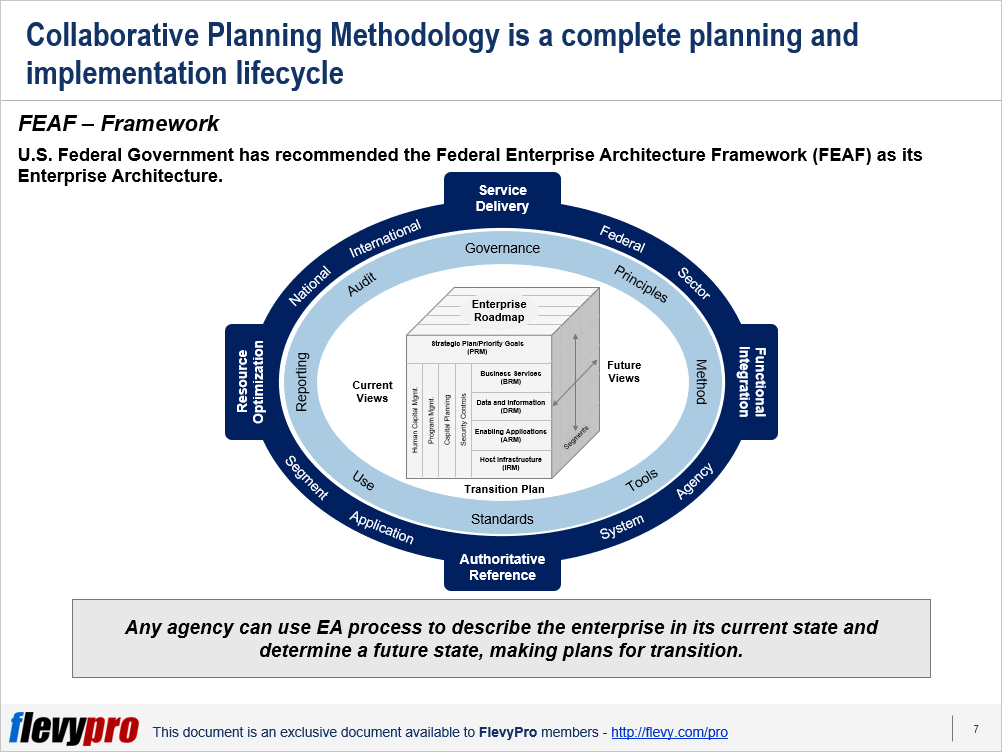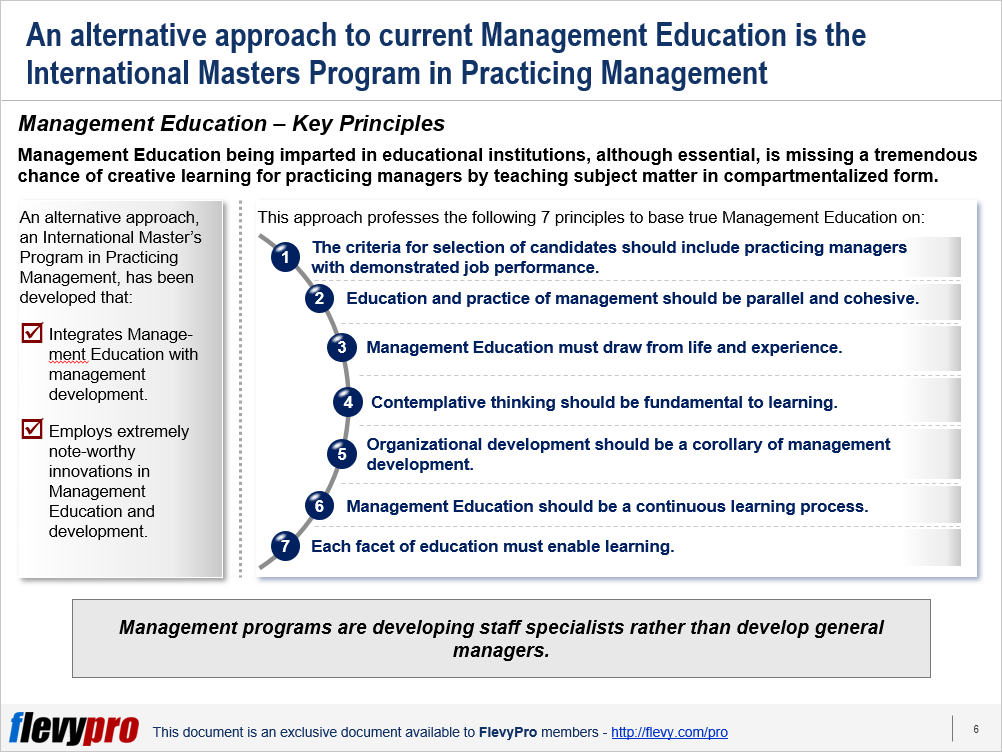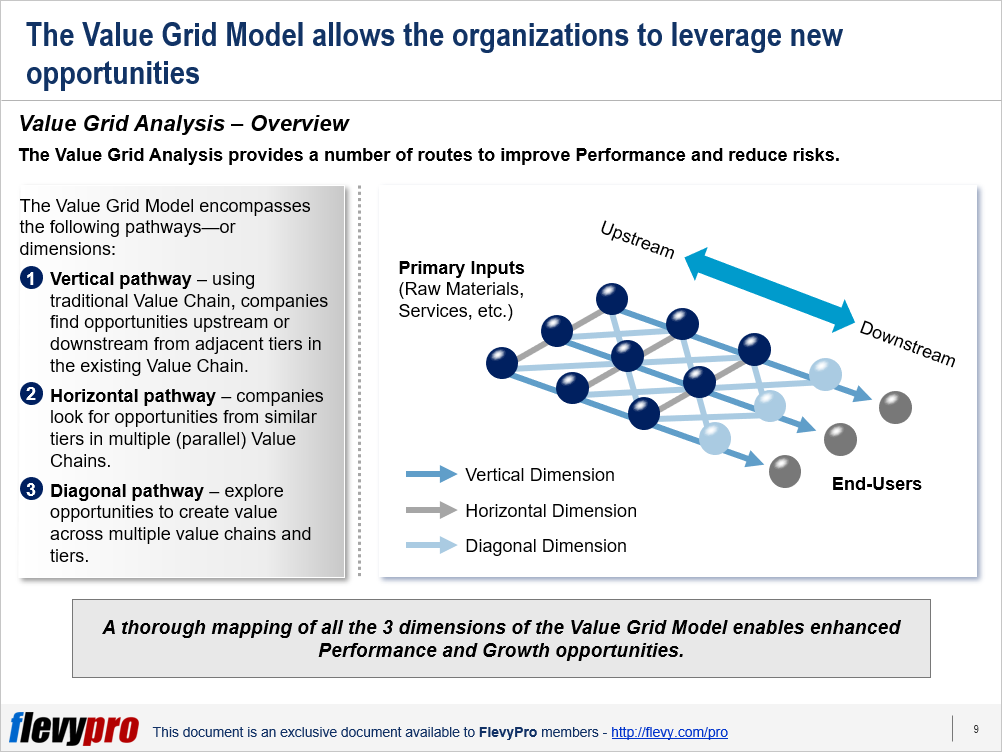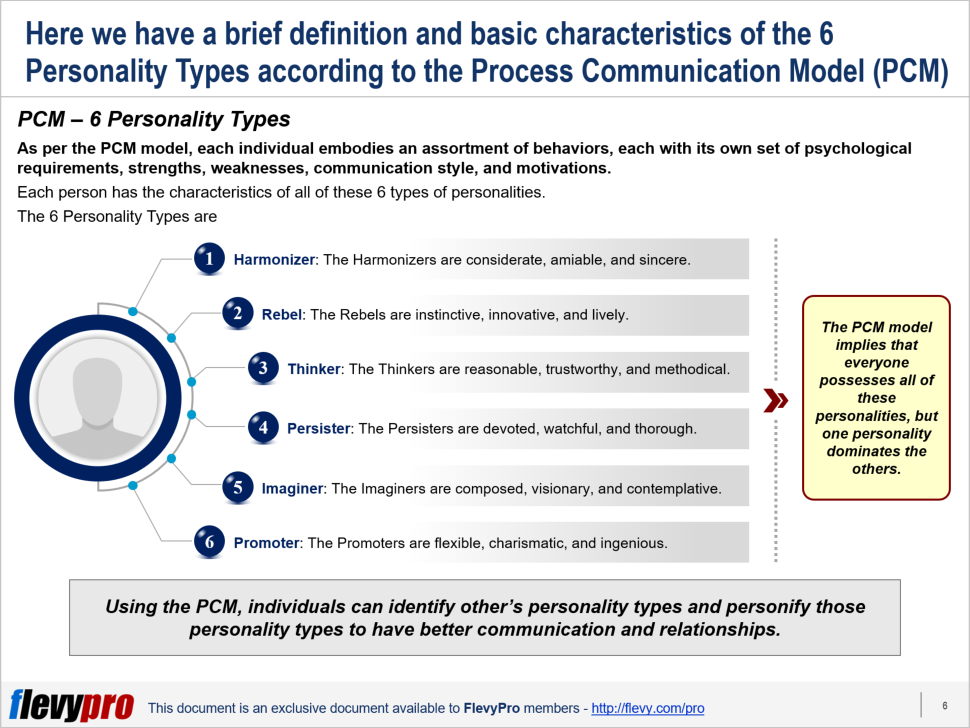5 Key Phases of Strategic Alliance Management
14 Jul
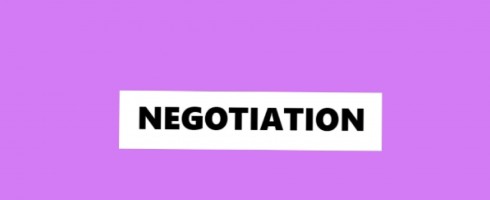
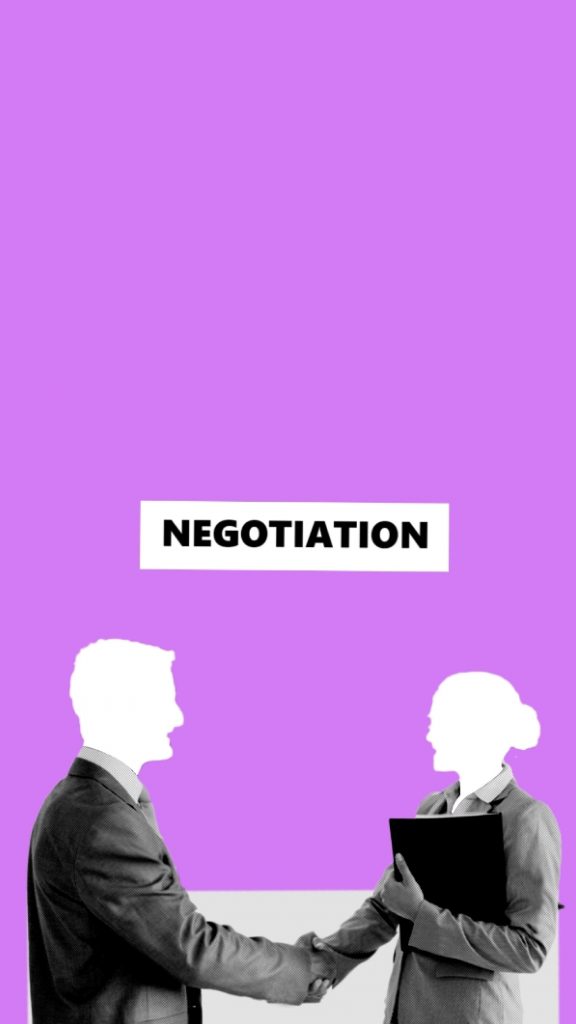
Strategic Alliances are quite ubiquitous in businesses nowadays, but most of them often go unsuccessful.
A Strategic Alliance is referred to as “an agreement between 2 organizations to share resources to carry out a mutually beneficial initiative.” The arrangement differs from a Joint Venture (JV) given that both firms in a Strategic Alliance remain independent. Whereas, in a JV, 2 organizations share resources to create a separate company.
Strategic Alliances are typically formed to:
- Better compete in a market
- Venture into a new market
- To improve service or product portfolio.
- Allow the 2 entities achieve a common goal for mutual benefit.
The undertaking may be formal or informal and there isn’t any requirement for merging capital. However; the role of each entity—in the arrangement—has to be clearly laid out.
The strategy of creating strategic rivals into Strategic Alliance partners has benefited organizations immensely. This strategy enables:
- Procuring the much-needed cash
- Access to manufacturing facilities and know-how
- Ability to plan production
- Gaining knowledge of industry best practices
- Removing any initial “budding” issues.
- Each business entity to realize growth far more quickly than what they can achieve individually.
To cash in on these benefits, leading organizations endeavor to manage their Strategic Alliances worldwide—assigning executives to oversee multiple alliances. However, the competencies required for Strategic Alliance Management aren’t well-known and are a bit convoluted.
Multiple research studies by MIT Sloan, spanning several years, suggest that a number of alliances fail to achieve their desired objectives. In fact, the arrangement shows diminishing R&D performance, marginal returns, and declining absolute learning with subsequent partnerships between the same companies.
A major reason for this failure is the incompetence of alliance managers in handling the alliance portfolio and their tendency to make 3 misguided assumptions:
- Assumption to always field the best strategic partners
- Assumption to generate sufficient economic value from the alliance
- Assumption to get incessant value from the partnership.
The old-school approach to managing alliances concentrated on individual alliances without appreciating the challenges involved in such a deal. In today’s competitive environment—with factors such as globalization, innovation, and disruption constantly influencing businesses and partnerships—leaders need to have the ability to simultaneously manage multiple partners scattered across various parts of the globe.
Strategic Alliance Management entails understanding the intricacies involved in generating value from such transactions and devoting the attention and preparedness required to do that. A holistic approach to Strategic Alliance Management encompasses 5 distinct, yet interrelated, phases that are required to be executed to form effective partnerships:
- Partner Selection
- Deal Negotiation
- Execution
- Exit
- Portfolio Management
Let’s discuss the phases of approach in a bit detail.
Partner Selection
Strategic Alliances are deliberate partnerships between organizations to expand their existing product / service offerings. A potential partner’s prior experience in forming and maintaining alliances is a key constituent of selecting the right partner. This experience supplements internal capabilities and add value to the processes, knowledge, as well as portfolio of services / products.
A detailed assessment of a partner’s experience assists in highlighting the benefits of partnership and negotiating with the partners. The assessment should measure effectiveness of internal communication, adequate resources, and prioritized management’s attention essential for a viable partnership.
Deal Negotiation
In this stage, the alliance partners outline the conditions of the relationship, roles and responsibilities, and potential returns from the partnership. Negotiators typically tend to focus on capturing the bulk of potential value without any regard for the other partner. This damages the partnership and leverages no value at all.
The partners should be quite open and thorough about defining the scope of work for each affiliate. Appointing a project steering committee assists in information sharing and coordination. Proactively planning the deal exit terms and procedures at the outset aid in later stages.
Interested in learning more about the other phases of the Strategic Alliance Management approach? You can download an editable PowerPoint on Strategic Alliance Management framework here on the Flevy documents marketplace.
Do You Find Value in This Framework?
You can download in-depth presentations on this and hundreds of similar business frameworks from the FlevyPro Library. FlevyPro is trusted and utilized by 1000s of management consultants and corporate executives. Here’s what some have to say:
“My FlevyPro subscription provides me with the most popular frameworks and decks in demand in today’s market. They not only augment my existing consulting and coaching offerings and delivery, but also keep me abreast of the latest trends, inspire new products and service offerings for my practice, and educate me in a fraction of the time and money of other solutions. I strongly recommend FlevyPro to any consultant serious about success.”
– Bill Branson, Founder at Strategic Business Architects
“As a niche strategic consulting firm, Flevy and FlevyPro frameworks and documents are an on-going reference to help us structure our findings and recommendations to our clients as well as improve their clarity, strength, and visual power. For us, it is an invaluable resource to increase our impact and value.”
– David Coloma, Consulting Area Manager at Cynertia Consulting
“FlevyPro has been a brilliant resource for me, as an independent growth consultant, to access a vast knowledge bank of presentations to support my work with clients. In terms of RoI, the value I received from the very first presentation I downloaded paid for my subscription many times over! The quality of the decks available allows me to punch way above my weight – it’s like having the resources of a Big 4 consultancy at your fingertips at a microscopic fraction of the overhead.”
– Roderick Cameron, Founding Partner at SGFE Ltd















